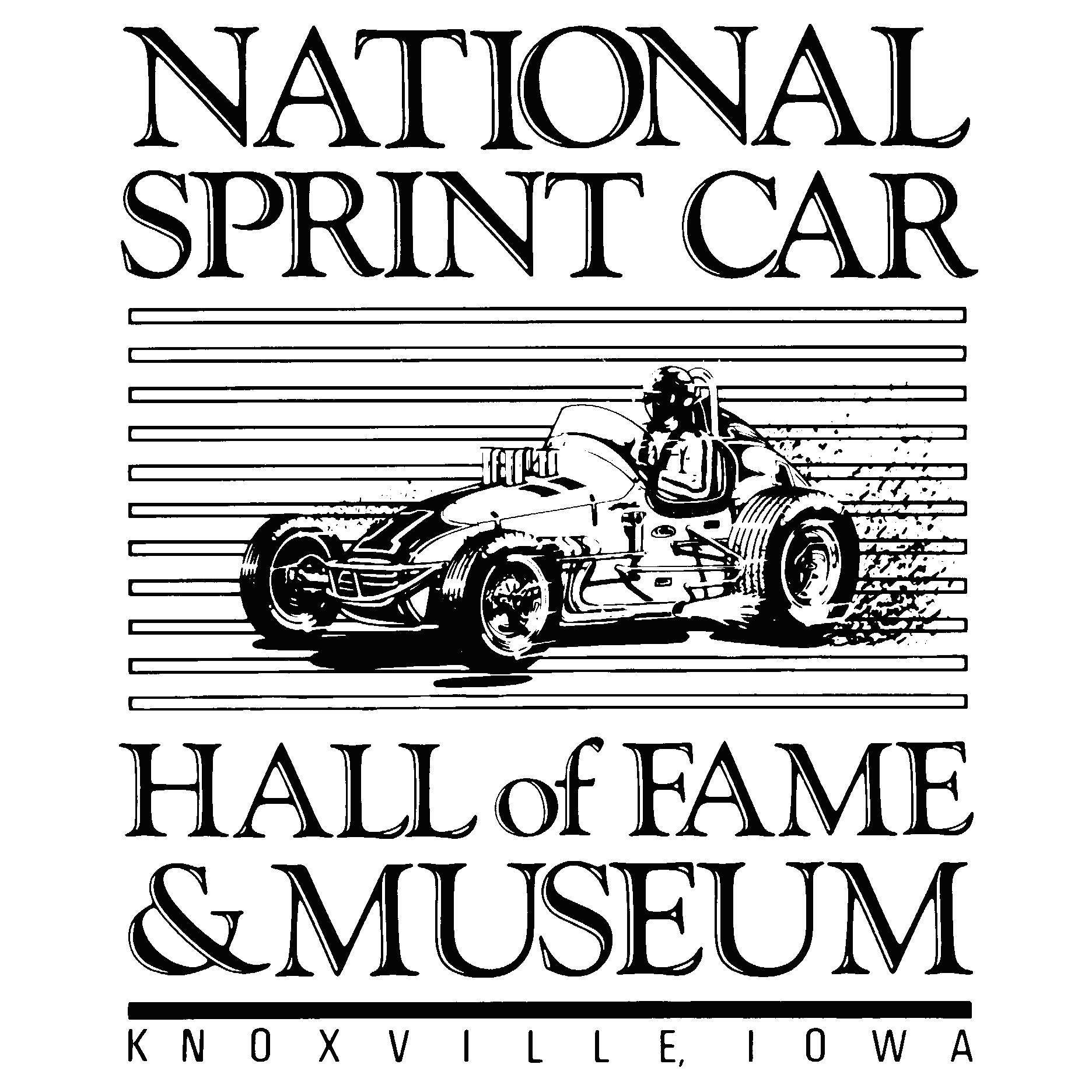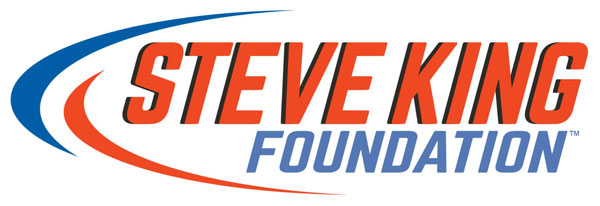H. Clay Earles' vision continues to grow under Clay Campbell's leadership at Martinsville
Photo by HHP/Tim Parks
MARTINSVILLE, Va.—For the last four decades, Clay Campbell has been a fixture at Martinsville Speedway.
Track promoting is in his blood. Campbell’s grandfather, H.Clay Earles, founded the facility in 1947. Although International Speedway Corporation bought the track in 2004, there was nobody better not only to continue the tradition of Martinsville Speedway but also to secure the future of the beloved half-mile paperclip.
Becoming the steward of the iconic track was “a lifelong aspiration” for Campbell—and not one he takes for granted.
“The good thing about it, when I was named President, my grandfather was still here,” Campbell said. “He was Chairman and CEO, so I still had him to fall back on or blame. So that worked out pretty good. If you look back at the early days when I was here, racing wasn't always big. So when I was a teenager growing up here, it wasn't that big of a deal. It didn't get to be a big deal until later on in my life when probably TV became part of it. We got in front of a lot more eyeballs.
“Racing was just the business my family did, what I did. So it wasn't that big a deal—and then it became one over a period of time. It's really hard to pick out a moment that really stands out because I was fortunate enough—I have been really blessed to be a part of so many significant moments over time during the time that I was here. Not 75 years, obviously, but the time that I've been here, it's been a bunch.”
For the last 75 years, race fans have been making the pilgrimage to the iconic track with the same fervor that baseball enthusiasts insist on visiting Fenway Park or Wrigley Field. One of the biggest challenges is retaining the vintage feel of the facility while incorporating the creature comforts patrons have become accustomed to.
“I love being compared to those facilities because that’s what is so special about them,” Campbell said. “The difference is between here and some of the newer facilities, you’ve got an old facility--75-years-old, but it doesn't look like it. We kept improving and adding the amenities that we have to have in today's environment. We couldn't do what we did 20 or 30 years ago today. We had to keep changing it. So we like having that old feel.
“I've said it time and time again, here, you've got the past, you've got the present, you've got the future. So you got all three components in one facility. We’ve got to be careful not to lose that connection by growing in a different direction and forgetting our past. We can't live on our past. Don't get me wrong, we can’t live on that. But we can still maintain that heritage that we had—and we still do. I think that's the task that we have. How do you keep improving? How do you keep beating expectations but still maintain that charm and the heritage that really got us to where we are?”
Certain capital improvements such as maintaining the infrastructure and developing new drainage systems are ongoing. While Campbell and his crew attempt to stay ahead of trends, what might have included in the tracks five-year plan three years ago might not be relevant to what fans desire today. Undertaking the addition of lights in 2017 proved beneficial for adding new events and completing races that ran past dusk. This week alone, Campbell partnered with Verizon to enhance the track’s Wi-Fi capabilities. Just another necessity to keep ahead of the curve.
“The trick here is being able to do something on a whim,” Campbell said. “So maybe at the end of ’23 we realize, “Oh, this is what our fans want now. So we come up with something that matches that desire. This is something the media needs now, so we come up with something that matches that. It’s not something that we plan for two to three years down the road. It's something that we've got to prepare to spend.
“The capital is being applied so we can stay in business for years and years. There are other projects that we're looking at, but it’s probably going to be what ranks at the top of the desires of the people that show up here on a race week.”
H. Clay Earles was a visionary, but there’s no way he could have predicted what Martinsville Speedway would have evolved into 75 years later. Campbell believes NASCAR’s phenomenal growth would have surprised his grandfather the most.
“Obviously, during his time it was primarily a southeastern sport,” Campbell said. “Back in the 80’s when it started really mushrooming and going out Midwest to the West, we had Riverside back in early days, but as far as really expanding to major markets. When that happened, I think he would be surprised.
“In particular, how this place has grown because he carved it out of a cornfield back in 1947 as a dirt track. Not to take away from anything he did, because he always wanted to make it a beautiful race track and grow and keep up with the times, which is what he did. We still abide by the same vision that he had. We want to keep it growing. Keep meeting expectations from everybody who comes through these gates and I think we're doing that.”

.png)





